Petrovaradin Fortress is often called the Gibraltar of the Danube because of its strategic location and formidable defenses. It lies on the right bank of the Danube River and offers panoramic views over Novi Sad in Serbia. Besides having roots in the 17th century, at present, it also functions as a prominent art and cultural hub thanks to the annual Exit Festival.
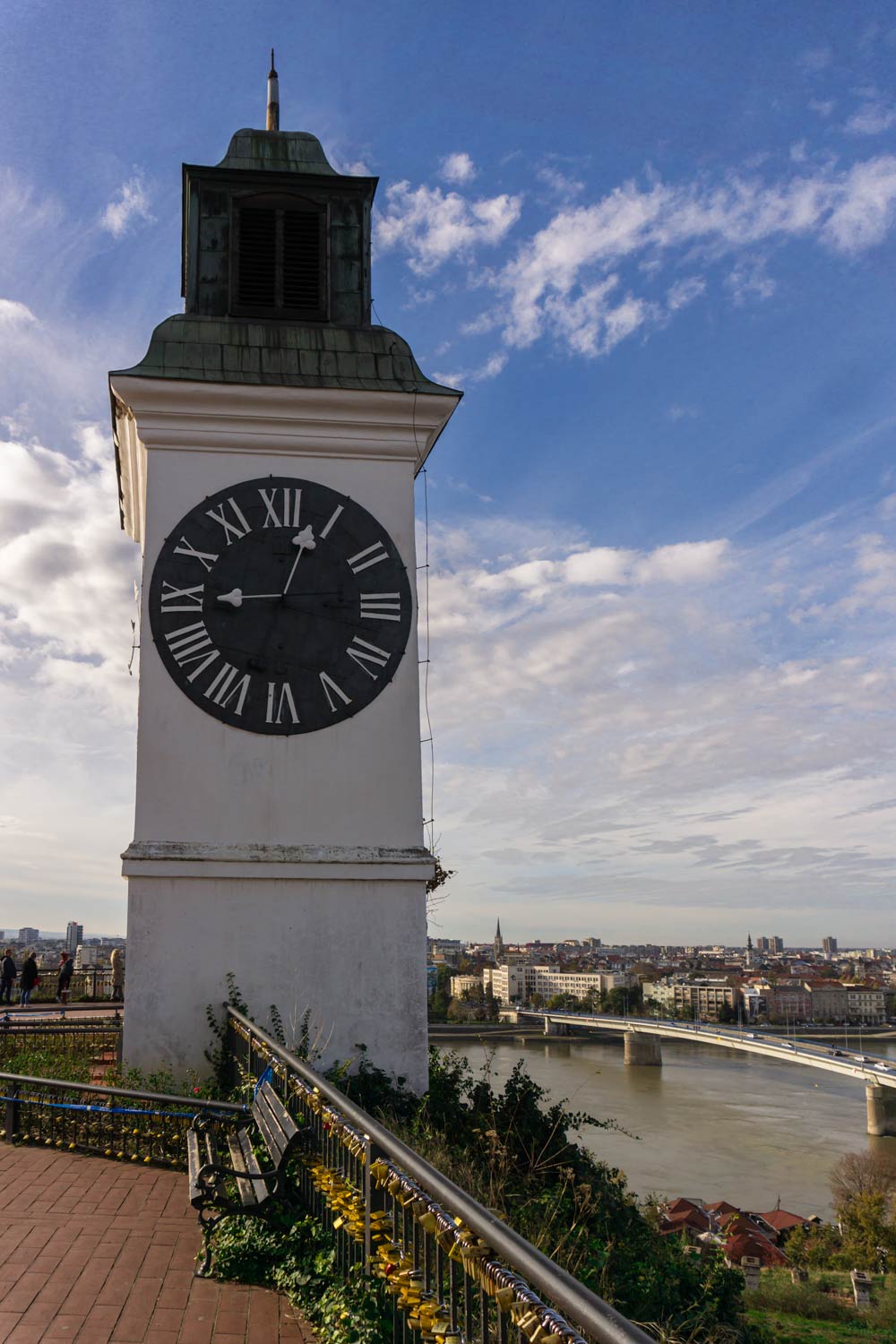
Some historical facts
Construction works began in 1692 during the Austro-Hungarian Empire. Its purpose was to protect people against the Ottoman advances. The fortress quickly gained importance in the region. One of the big battles happened in 1716 when the Austro-Hungarian soldiers led by Prince Eugene of Savoy fought against the Ottomans. The Austrians won the battle. The fortress reached completion in 1780.
Later, during the Napoleonic Wars, the fortress was a key defensive point for the Austrian Empire. In 1848, it hosted the revolutionary battles between the Hungarian revolutionaries and Austrians.
After WWI, when the Austro-Hungarian Empire ended, the fortress came under the control of the Kingdom of Serbs, Croats, and Slovenes, later known as Yugoslavia. During WWII the place used to be a military base, especially its underground tunnels. After the war, it slowly lost its military importance and became a cultural and art center as we know it today.
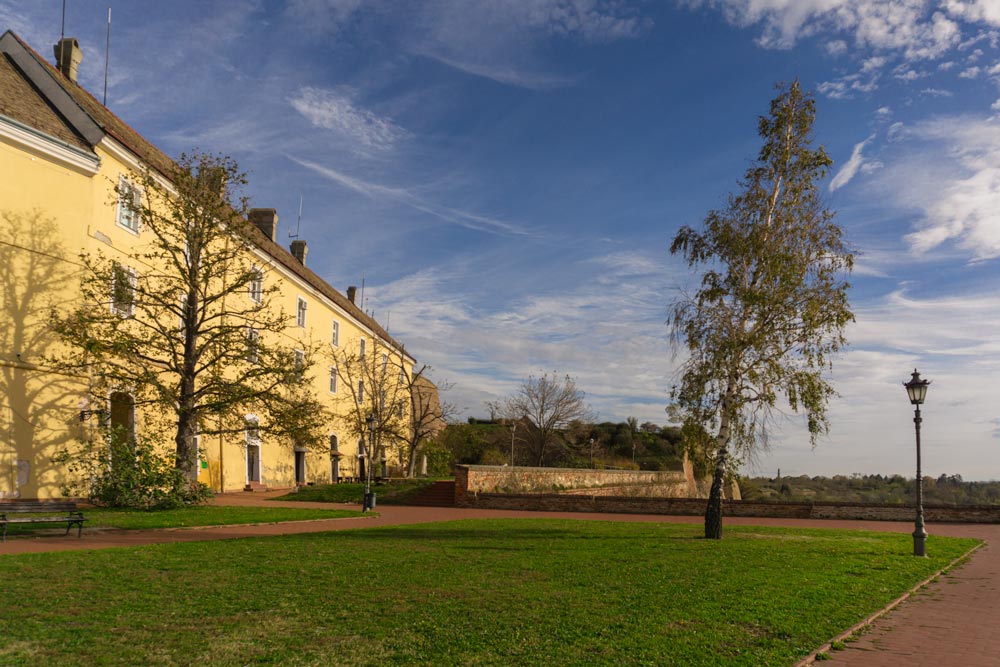
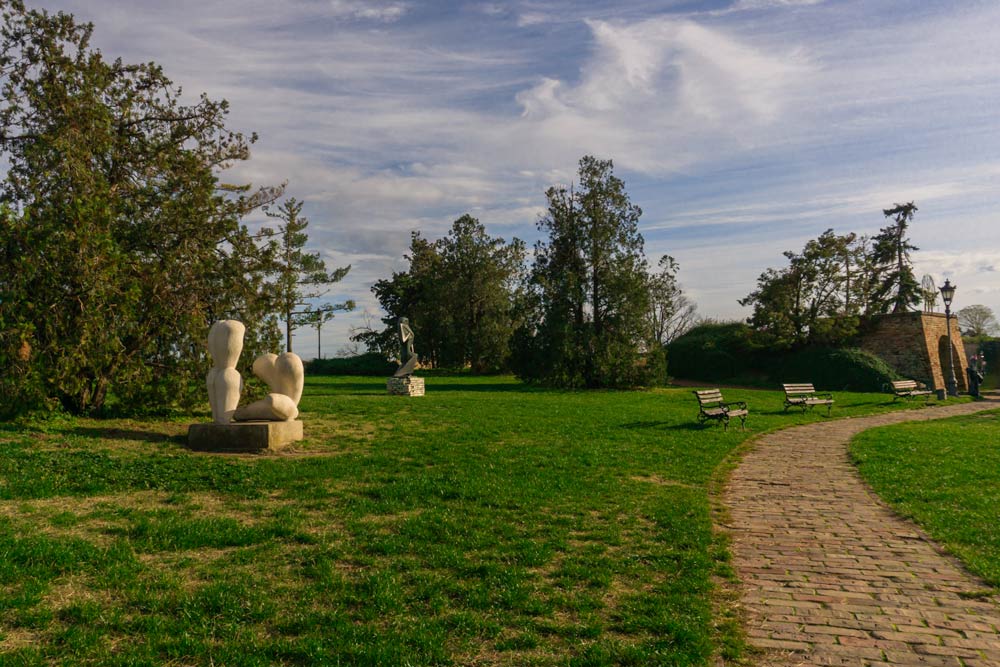
Architecture
The fortress is a four-level piece of Baroque military architecture, reflecting the 17th and 18th engineering techniques (including a water supply system with wells and reservoirs). Inside the fortress, there is also a St. George Church.
The fortress features multiple layers of defense, including ten bastions, moats, ramparts, and fortified gates.
It also features underground tunnels that stretch over 16 kilometers. They served in troop movements, storage, and secret operations.
The iconic Clock Tower is famous for its reversed clock hands, the large hand standing for hours while the small one for minutes. It should make it easier for the ships on the Danube River to read the current time.
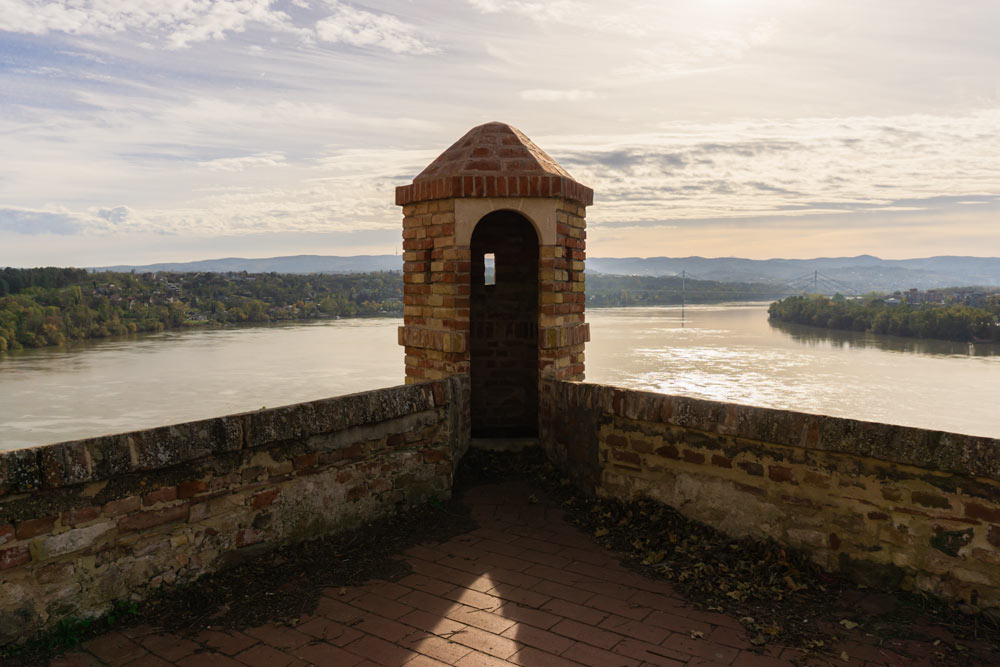
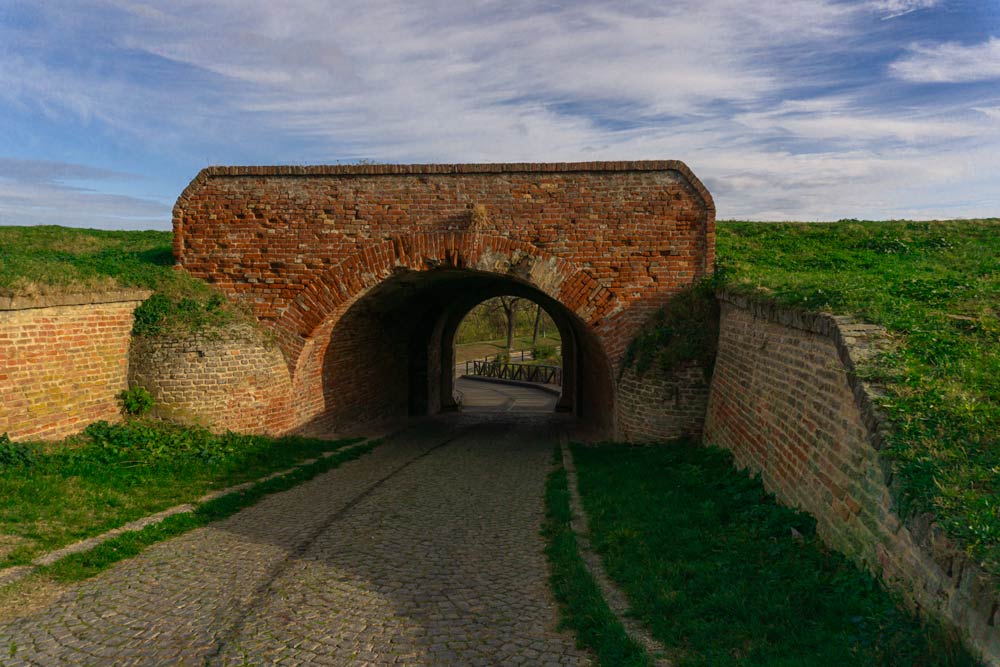
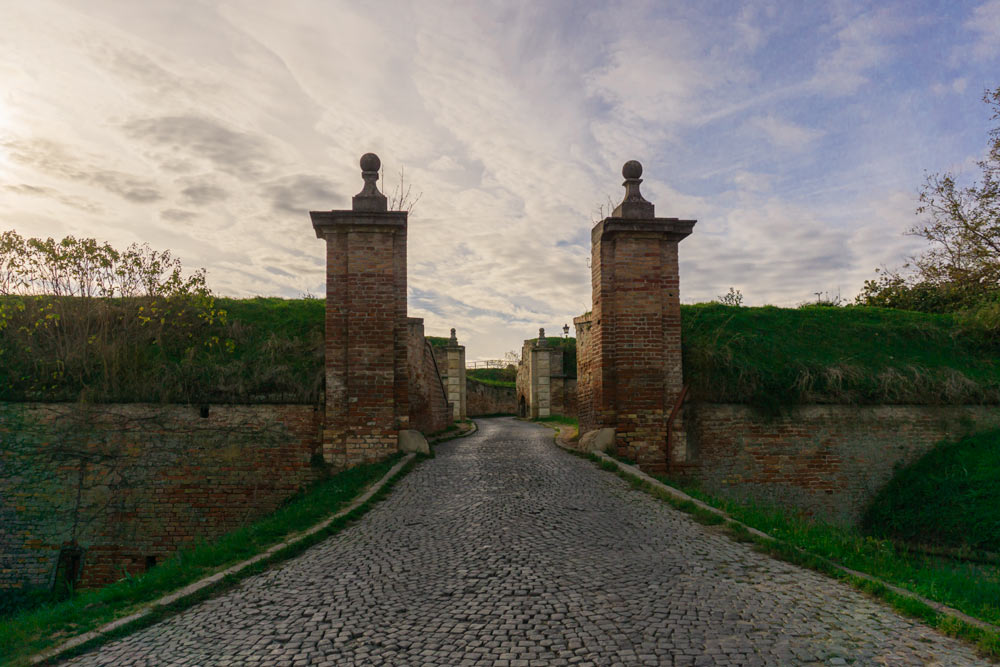
Evolution into Artistic Hub
As mentioned earlier, the fortress began losing its military significance after WWII. The initial art colony was established in 1952, attracting numerous artists, sculptors, and painters.
At the moment, there are around 70 artist studios. Visitors can watch them at work or directly purchase artworks from the creators.
Since 2001, Petrovaradin Fortress has been home to a prominent Exit Festival, a major music event that draws many artists and visitors. But if you visit the place outside the festival season, you can attend many cultural events such as concerts, exhibitions, literary gatherings, or theater performances.
Besides art shows, there are also some museums. The City Museum of Novi Sad is right within the fortress. It helps visitors to learn and understand the history of the city, the fortress, and the broader Vojvodina region. The museum also features a collection of historical weapons and many military artifacts. Part of it displays ethnographic collections such as costumes, traditional culture, and crafts of the various ethnic groups.
The place also manages several galleries with rotating exhibitions of contemporary art and historical artifacts.

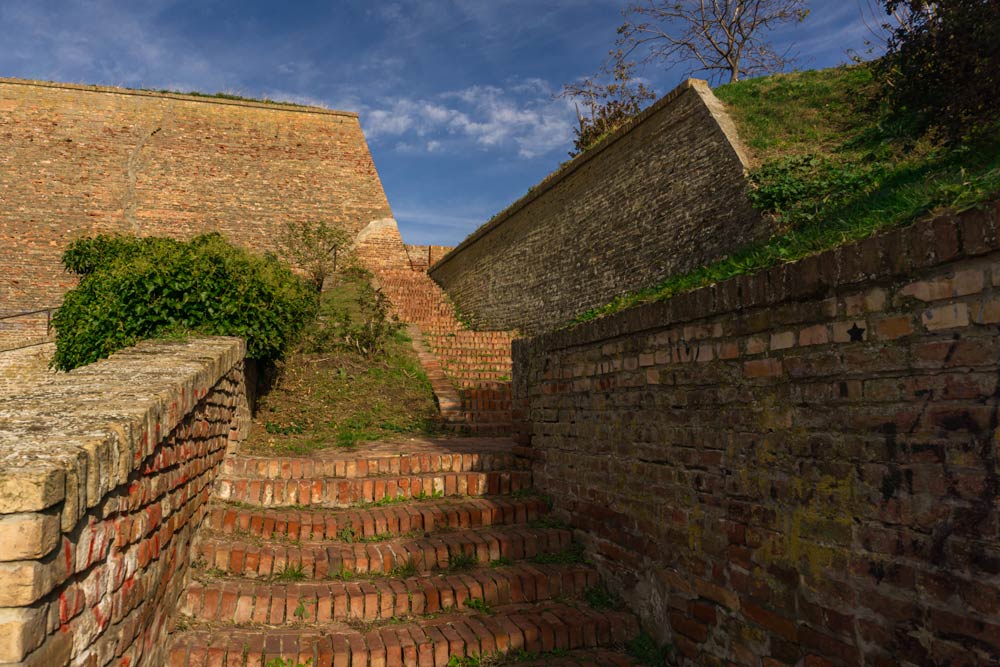
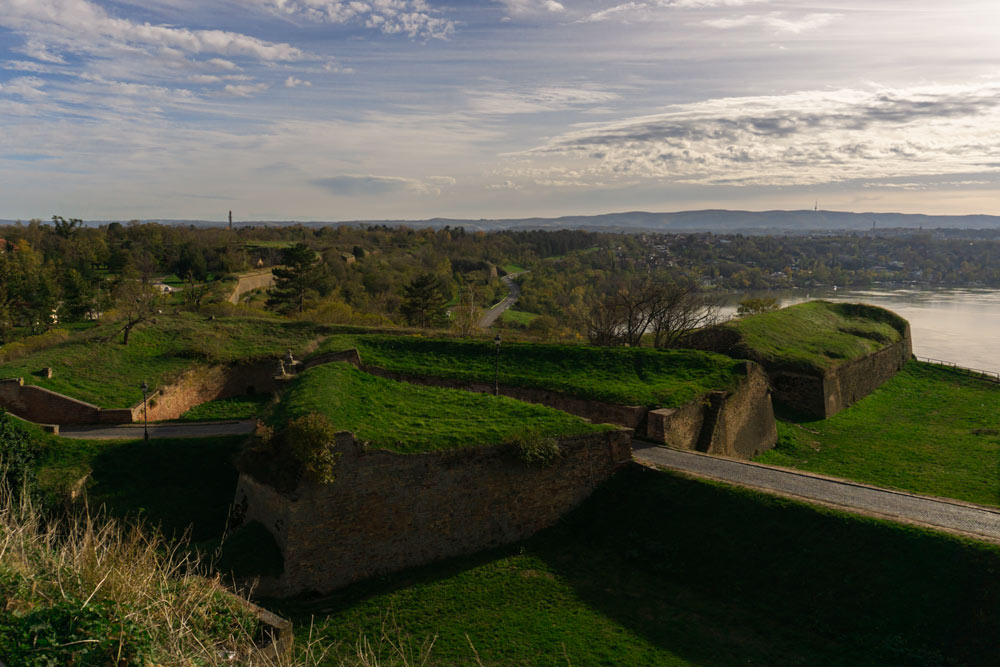
Legends and Mysteries
Petrovaradin Fortress has an extensive history of military battles. Some became great bases for the legends and myths connected to it.
For example, some people believe there are hidden treasures in the tunnels – gold, jewels, and other valuables. Even with extensive mapping, some tunnels remain undiscovered and unexplored. These areas fuel speculations about hidden rooms, undiscovered artifacts, or even secret escape routes.
Some guests and locals say you can hear whispers and faint voices in those tunnels. Some people believe those sounds are echoes of the soldiers who defended the place, or even those who perished there.
One of the most famous stories is that of the Phantom Drummer. According to legend, a drummer boy vanished during the Battle of Petrovaradin in 1716. But the legend says you can still hear the playing drum in the underground passages.
My favorite legend is about the disappearing floor. According to the story, there was a room in the fortress where the floor suddenly vanished, causing everyone inside to disappear without a trace.
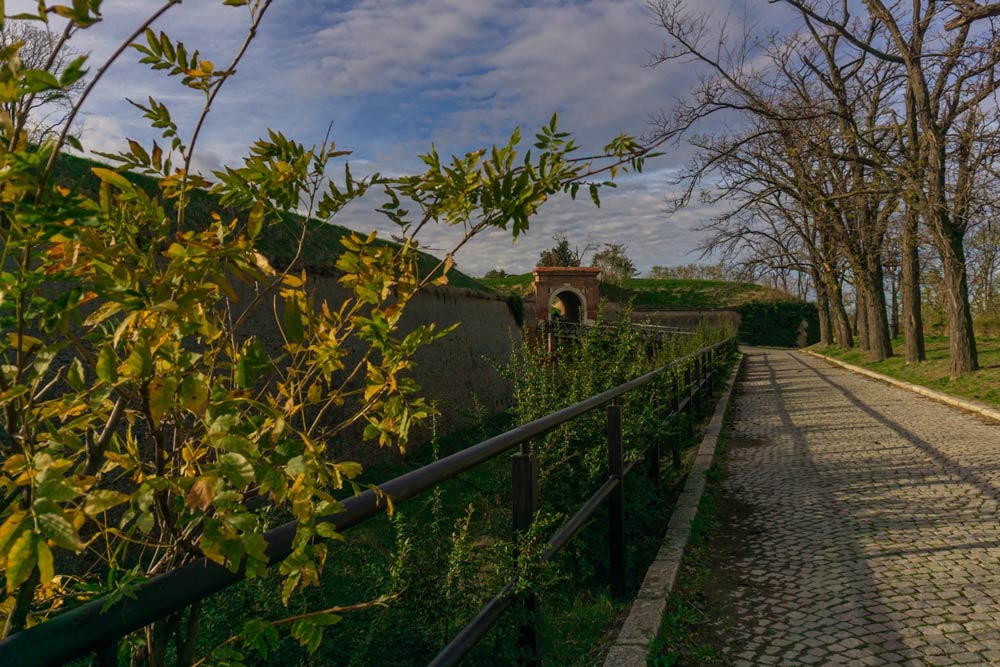
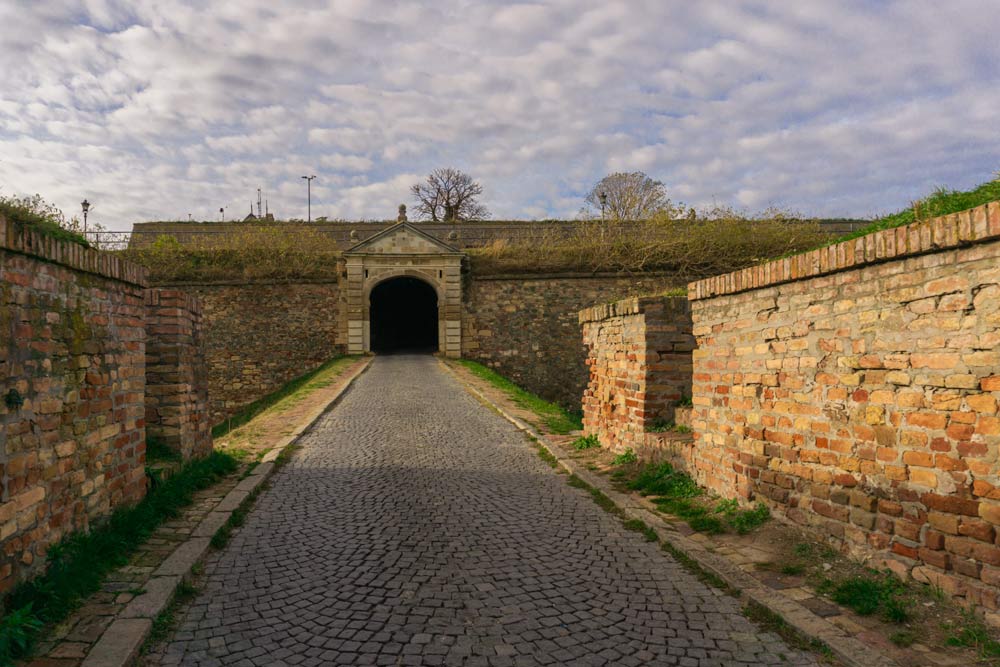
How to get there
You can visit the site alone or as part of a guided tour. Guided tours offer more organized and seamless transportation.
If you are coming by yourself, with friends or family, you can use a car, taxi, bicycle, or walk on foot from the old city center via the Varadin Bridge (expect a 20-30 min walk).
When coming with a car, go via the Varadin Bridge or the Petrovaradin Bridge and use the parking area near the fortress, especially along Beogradska Street, and at the base of the hill leading up to the fortress. Alternatively, go up to the City Museum of Novi Sad. There are two separate parking lots available.
If you take a taxi, you can expect to pay around 300-500 RSD (3-5 EUR). Take bus lines 3 or 9 from the city center for public transport. These buses will get you close, but you’ll need to disembark after crossing the bridge and walk the remaining distance to the fortress.
Sources: wiki